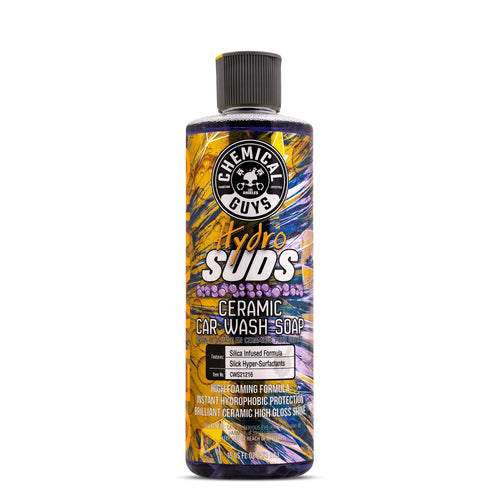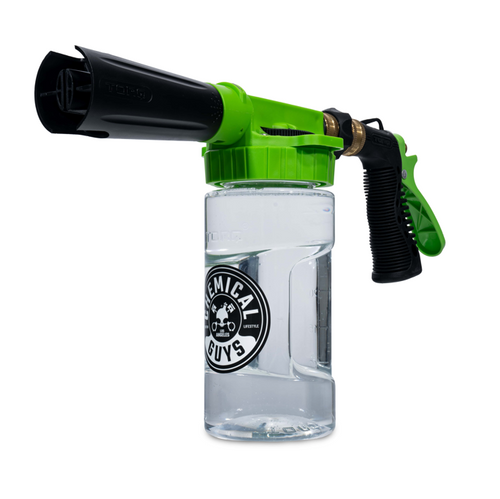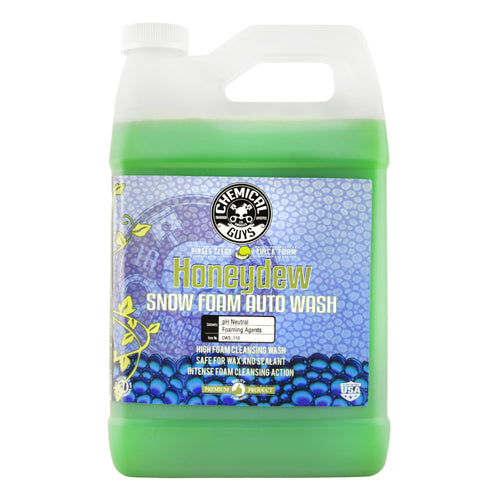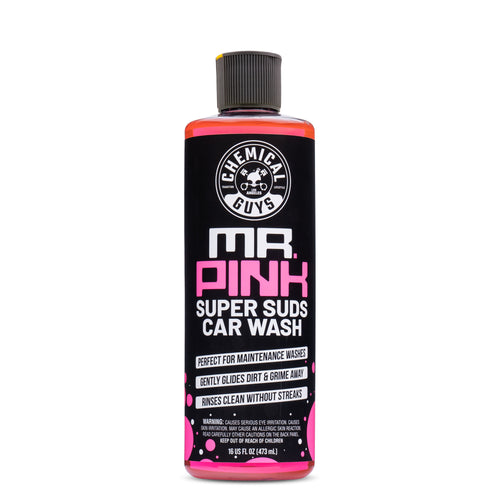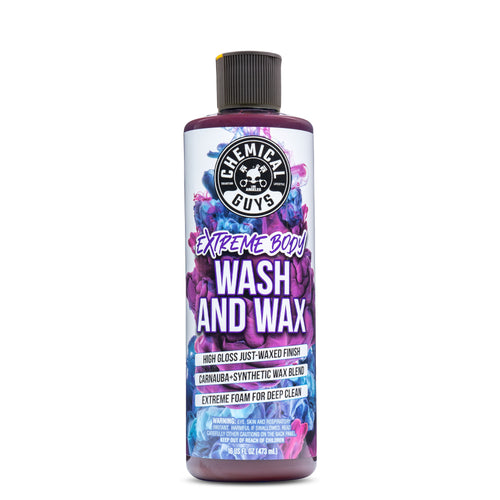When it comes to keeping your ride looking sharp, the wheels and tires are often the unsung heroes that take the brunt of road grime, brake dust, and tar. These components are your car’s handshake with the pavement, and neglecting them can dull even the most pristine paint job. Fortunately, the right cleaning products can transform those filthy rims and rubber into showroom stunners.
Start with a dedicated wheel cleaner that’s formulated to cut through stubborn brake dust without damaging delicate finishes. Look for pH-balanced solutions that are safe for alloy, chrome, or painted wheels. Spray on, let it dwell for a minute or two, and agitate with a soft-bristled brush to lift the gunk. Rinse thoroughly, and you’ll see that black residue washes away like a bad memory.
For tires, don’t settle for a quick rinse. A quality tire cleaner will strip away the brown haze of dirt and old protectants, revealing the deep, rich black beneath. Apply with a stiff brush to work into the sidewall texture, targeting those hard-to-reach grooves. Pair this with a tire dressing for a glossy, just-detailed look that also shields against UV damage and cracking.
These products aren’t just about aesthetics—they’re about preserving the integrity of materials that endure constant abuse. Clean wheels and tires not only elevate your vehicle’s curb appeal but also prevent long-term corrosion and wear. So, roll up your sleeves and give those contact points the attention they deserve.
Protecting Your Car After Washing: Sealants And Waxes
Let’s talk about the unsung heroes of car care—sealants and waxes. You’ve just spent an hour scrubbing away road grime and bird droppings, and your ride is gleaming under the sun. But without a protective layer, that shine is as fleeting as a viral internet meme. UV rays, acid rain, and even the occasional rogue shopping cart can dull your finish faster than you can say "microfiber towel."
Sealants are the modern knight in shining armor for your paint. These synthetic formulas bond with your car’s surface, creating a barrier that laughs in the face of environmental hazards. They’re easy to apply, often lasting months, and they give your car a slick, hydrophobic effect—water beads up and rolls off like it’s auditioning for a car commercial. Apply a sealant with a foam applicator pad in small, circular motions, and let it cure as per the instructions. It’s a small time investment for big protection.
Waxes, on the other hand, are the old-school charmers. Made from natural ingredients like carnauba, they deliver a deep, warm glow that synthetic sealants can’t quite replicate. They’re a bit more labor-intensive to apply and don’t last as long—think weeks instead of months—but for enthusiasts chasing that concours-level finish, the effort is worth it. Buff it on, buff it off, and watch your reflection smile back from the hood.
Choosing between the two often comes down to your priorities: durability with sealants or depth with waxes. Or, if you’re feeling extra, layer a wax over a sealant for the best of both worlds. Either way, this step isn’t just about looks—it’s about preserving the paint that stands between your car and the harsh world outside.

